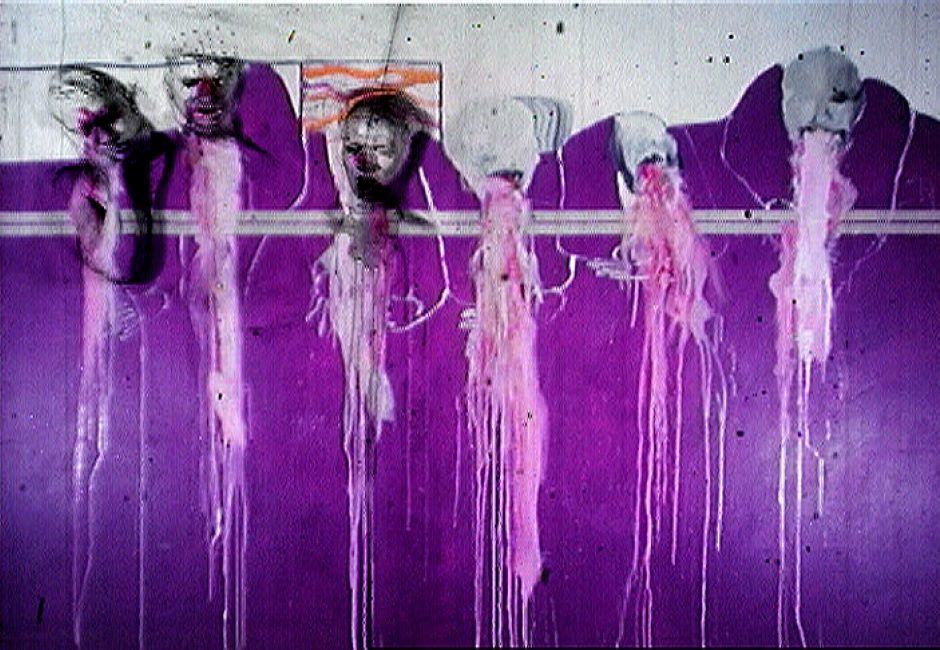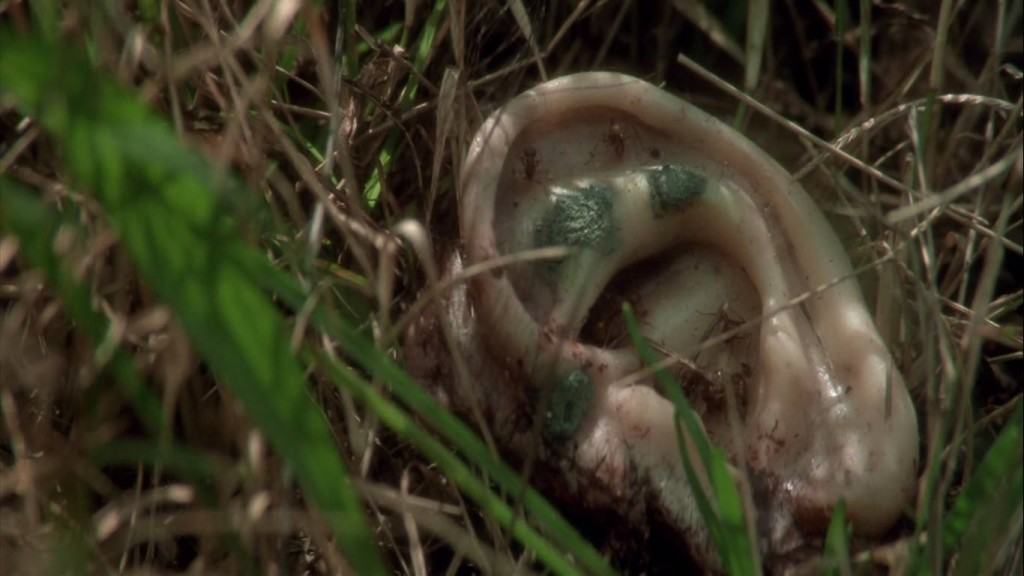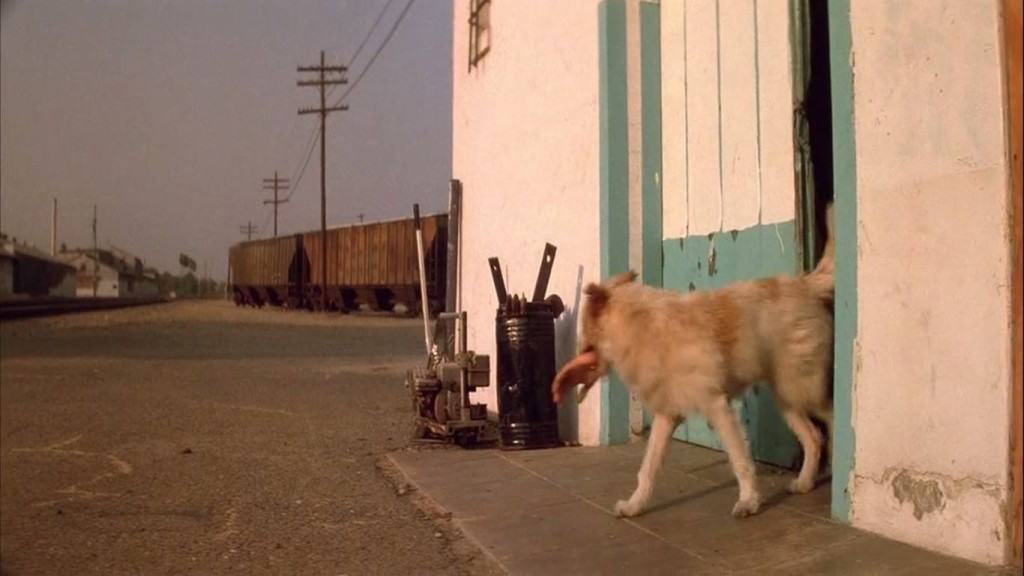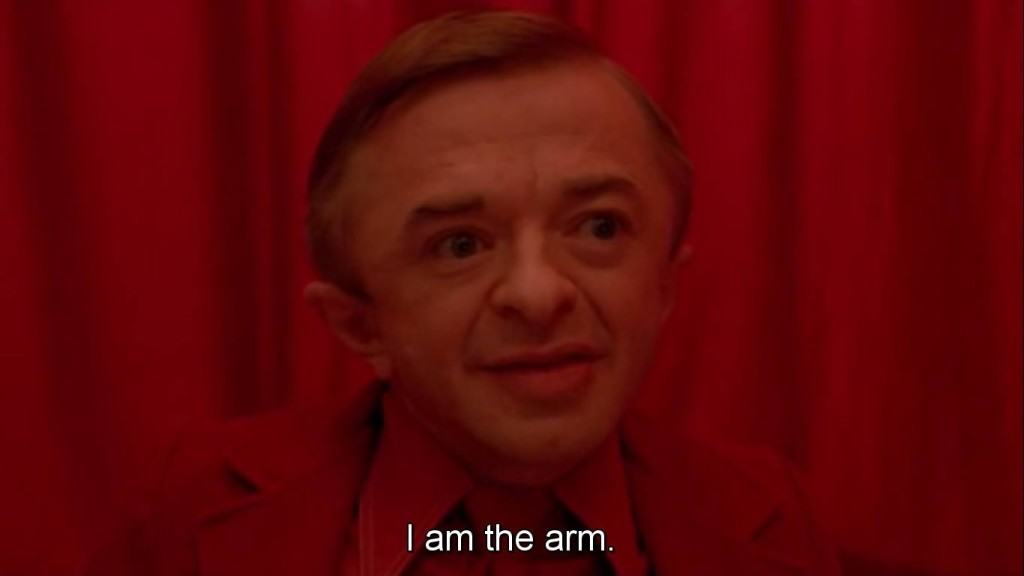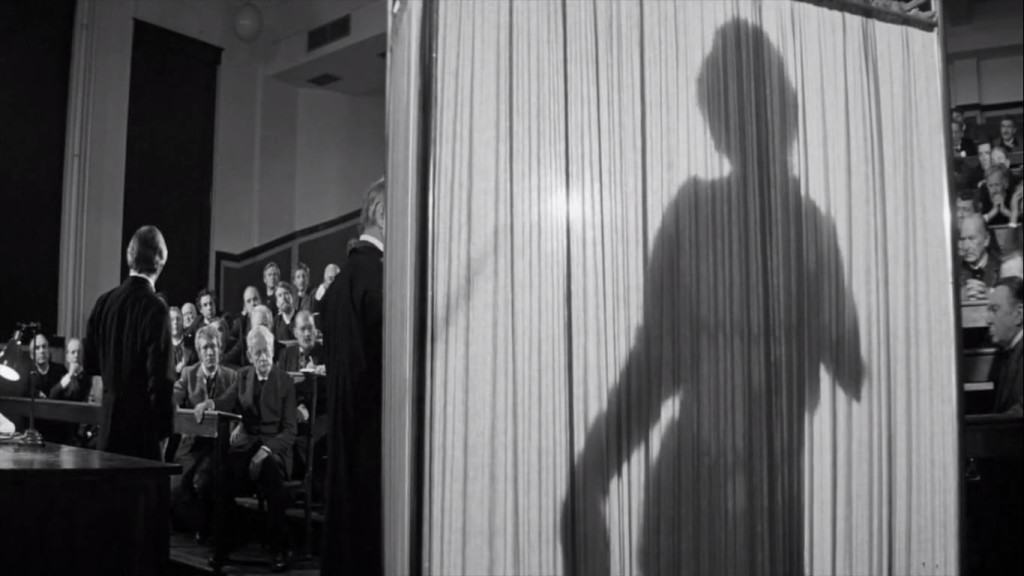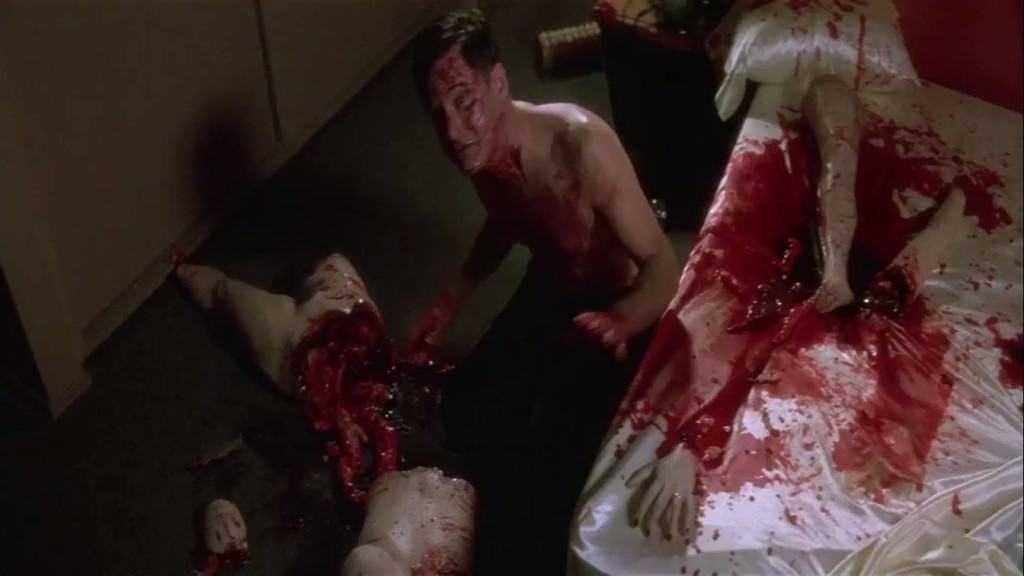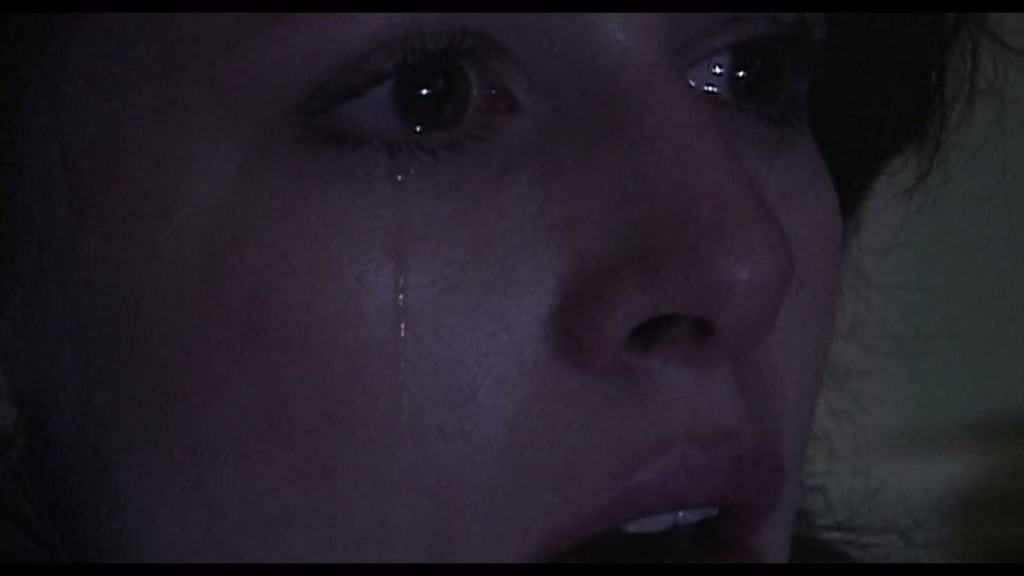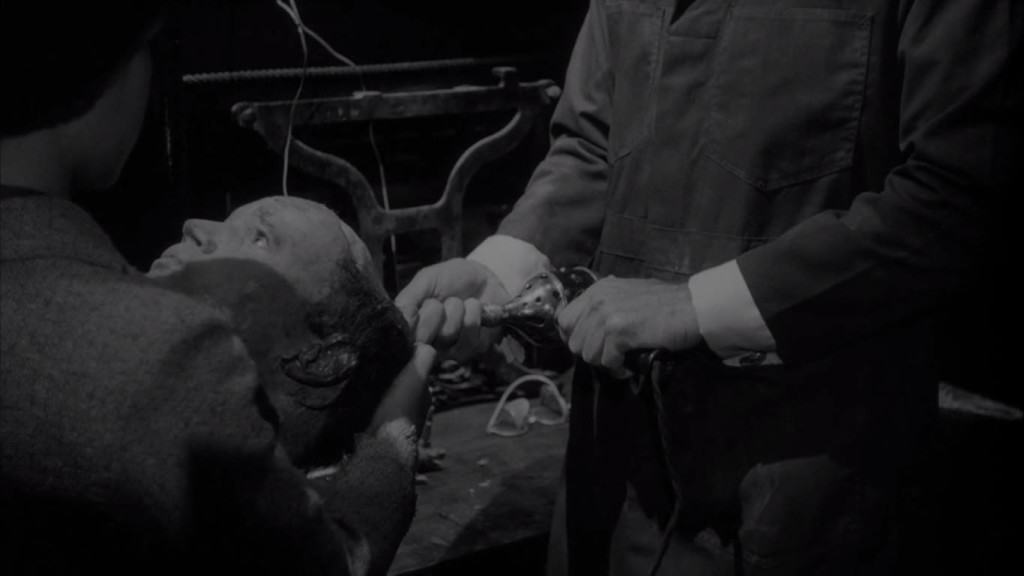Today we are going to dissect David Lynch- a dealer of dreams, a merchant of mysteries and moods, a fanciful gentleman with the great wave on his head, and above all, an artist who never shies away from showing hideousness of human nature. In this session, we will focus on integral organs of the Lynchian body. This is going to be bloody, and when I say bloody, I mean it. If you are squeamish, I reckon you should stop right here, ‘cause I don’t want my room stinkin’ with your barf, that’s for sure. But if you want to peep into something you shouldn’t be seeing, if you want to say hello to the mystery man, in short, if you’re a true fan of Lynch, jump like a rabbit and enter the Red Room where my dog barks some.
Warning: The following content is rated ‘S’ for Spoilers. Read at your own peril:
Stomach – Six Men getting Sick [1967]
Lynch’s obsession with disembodied organs is evident in his very first short film. This four-minute-long animated film can be best described as a torrent of nausea. Six ghostly heads floating above disembodied stomachs engage in a puke-fest, as stomachs grow upset. The alarming ambulance siren plays in the background throughout the film. Even in his premature work, Lynch leaves an impression on viewers with his artistic sensibilities.
Similar to David Lynch – 10 Overlooked Fantasy Films That You Probably Didn’t See
Ear – Blue velvet [1986]
The ear is not only starting point but a central element in this neo-noir thriller. In an iconic opening scene, young Jeffrey finds a severed ear crawling with insects, covered in mud, on the beautiful lawn in picket fences. The contrast between the luminous façade and its dark side is the recurring theme in the filmography of Lynch. This scene is a symbolic representation of the ugly side of America lurking beneath picket fences. In Blue Velvet, the ear is not merely a prop, but a character and root of all troubles if you ask me. Lynch was so obsessed with this prosthetic ear that it made a reappearance in one episode of his celebrated TV series Twin Peaks.
Related to David Lynch – ‘The Nightmare’ by Henry Fuseli in Cinema
Hand – Wild at Heart [1990]
In this wild trip down the yellow brick road, the wicked witch of East is not the only threat to Sailor and Lula, as she has hired a black angel named Bobby Peru. Sailor agrees to help Bobby in a bank robbery so that he can start afresh with Lula. Despite its graphic violence, this bank robbery scene is sadistically funny to an extent. After multiple gun fires, the man at the counter searches for the hand he just lost, while a dog is seen carrying it out in its mouth. The fierce hitman surrounded by police accidentally blows his head off. Here too, the hand plays an important role. The film starts with Sailor killing a man with his bare hands in self-defense. Sailor resists Lula’s evil horny mother. Lula warns Sailor to stay away from Bobby Peru. In the end, the whole movie is about a hand that kills, a hand that warns, and a hand that resists.
Arm – Twin Peaks: Fire Walk with Me [1992]
Lynch returns to the wonderful and strange world of Twin Peaks with a prequel movie. An FBI agent mysteriously disappears while solving the murder case of Teresa Banks, whose arm went completely numb in her last days. Mike used to be a partner in crime with Killer Bob, but eventually, he cuts off his arm in repentance. The man from another place is the strangest and most iconic of all Lynchian characters. For he is, in fact, an arm of a spirit from the black lodge that exists only within dreams of agent Cooper. In each dream, this eccentric red dwarf provides Cooper with indirect clues that bring him closer to the killer of Laura Palmer. The film itself exists as a symbol of strength, a sort of arm for TV series.
Skeleton – The Elephant Man [1980]
This biopic exists as an Elephant in disfigured and disembodied filmography of Lynch. A Victorian surgeon unveils John Merrick, the most perverted and degraded version of a human being. Due to extreme enlargement of the skull, dysfunctional upper limb, and alarming curvature of spine he is named ‘The Elephant Man’ is often treated as a creature in the circus. It is perhaps the most humane film Lynch has ever made, which shows that within the ugly and preposterous cage of flesh and bone, there resides a beautiful soul.
Vocal Cords – Mulholland Drive [2001]
Mulholland Drive is the perfect example of an organ assuming an identity of its own, devoid of body. In the famous nightclub scene, the host keeps repeating the phrase ‘No hay banda!’ (There is no band), and yet we hear the live orchestra. The audience is well aware of the fact that they are listening to pre-recorded music. Even when the singer on the stage collapses, the music continues. This is what Žižek describes as an organ without a body. Here, disembodied vocal cords depict the undead voice.
Related to David Lynch – Why Lesley From Birdman Could Be Betty From Mulholland Drive?
Heart – The Straight Story [1999]

In The Straight Story, Lynch pours his heart out. This heartwarming road movie is a pleasant surprise coming from Lynch. An old veteran travels 240 miles to visit his ill brother. You can not help yourself but root for the well-being of Alvin during his last lap of the journey which sounds horrible given the fact he had to travel through hills with his lawnmower. The climax is brilliant and nothing manipulative to make you emotional by long philosophical dialogues. It is simple, straight, and plain but still very moving.
Legs – Lost Highway [1997]
A couple in the big house finds the fresh supplies of their own surveillance videotapes at the door every morning. If that weren’t mysterious enough, the husband finds himself brutally killing his wife without his knowledge. Her legs are torn apart from the torso. He sits there covered in the blood, amidst dismantled organs of his wife. It seems appropriate to associate legs with Lost Highway, for the protagonist is on a run for most of the time. The biggest achievement of Lost Highway is introducing The Mystery Man, the most Lynchian character.
Eyes – Inland Empire [2006]
In Inland Empire, the handheld DV camera works like an eye with its own subjectivity. Lynch’s ultimate head-trip follows a bizarre odyssey of a Hollywood actress, starring in a remake of an unfinished Polish drama, one struck by some kind of curse. Viewers are confronted with ambiguous oscillation between various versions of her. Close-ups of crying women often appear on the screen. In one shocking scene, Nikki admits that she gauged a man’s eye out in self-defense. Despite its Hollywood setting, Inland Empire is essentially about a woman in peril.
Similar to David Lynch – Inland Empire [2006]: A Hypnotic, Confounding and somewhat Frustrating Film
Head – Eraserhead [1977]
Lynch’s debut feature film Eraserhead is the most nightmarish cinematic experience one can imagine. In one of the most shocking scenes, the head of the protagonist falls from the sky and lands on the ground. A boy grabs it and takes it to what appears like a pencil factory. The pencil machine operator takes a piece of Henry’s head and makes erasers out of it, to be attached at the end of pencils. Eraserhead is indeed the head of the Lynchian body.


